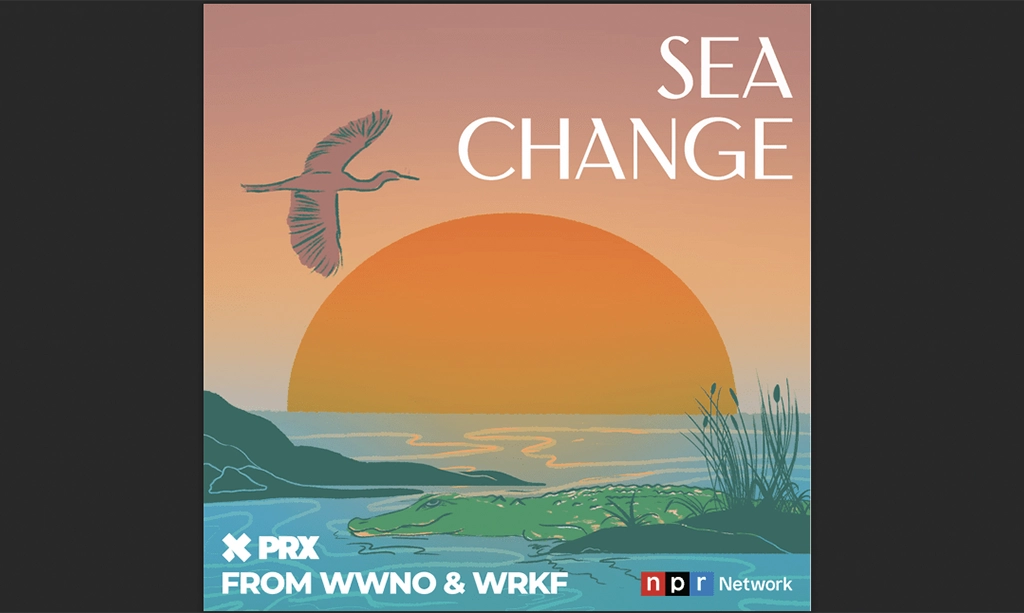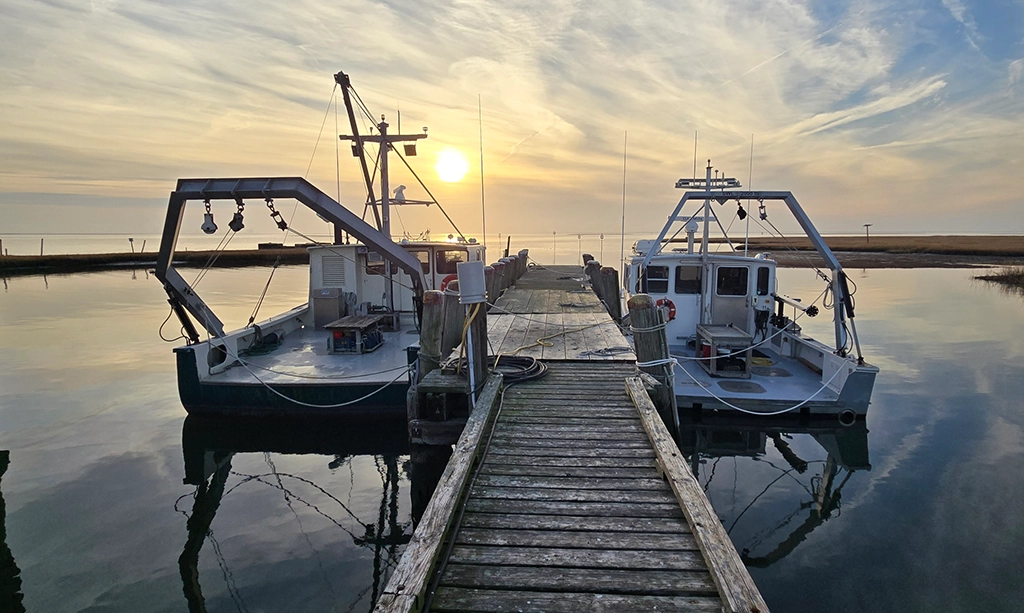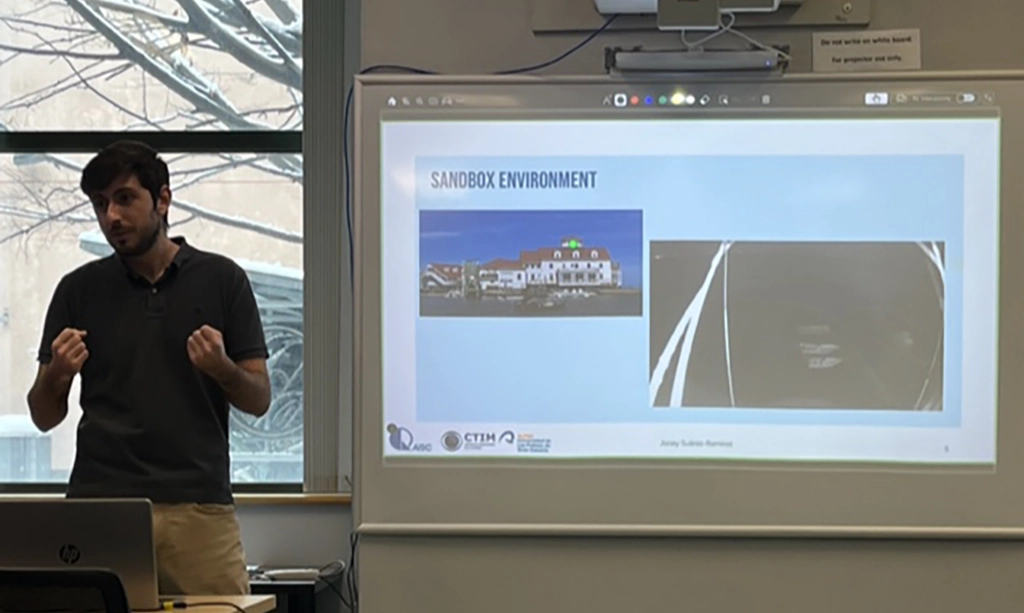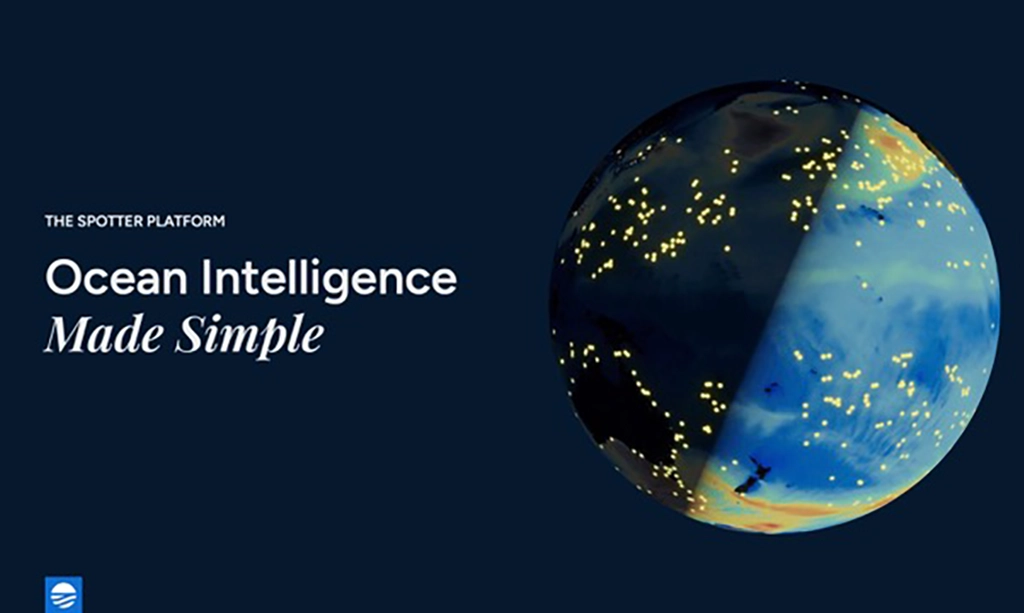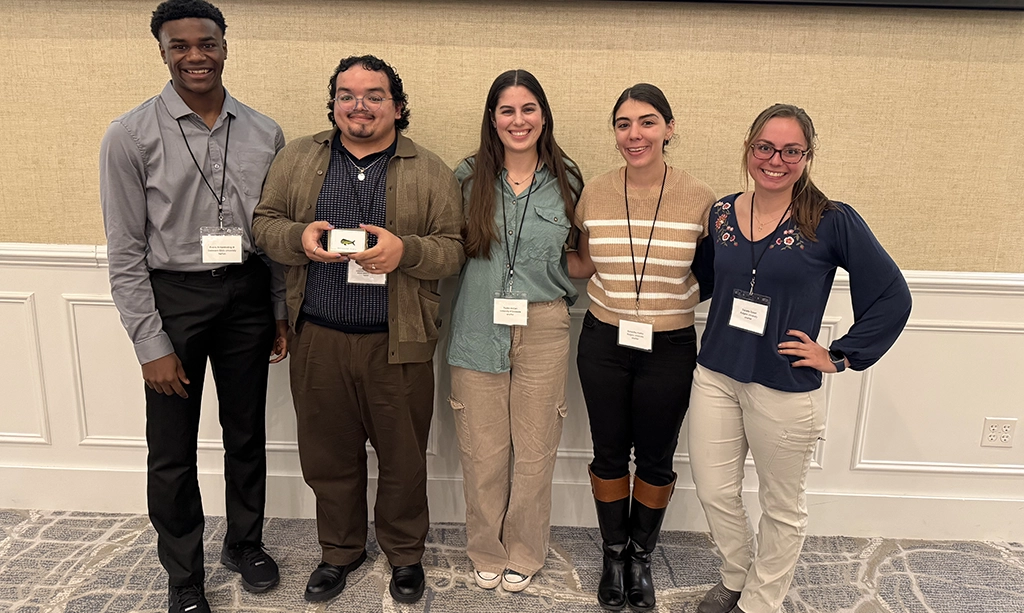Understanding the Mysterious Loop Current
The amazing science behind understanding mysterious but critical ocean currents. And specifically, understanding the current in our backyard, the Gulf’s Loop Current. We talk with scientists leading a huge multi-country…

